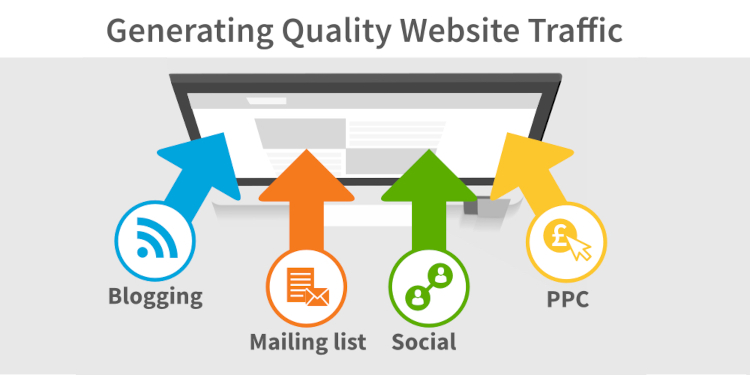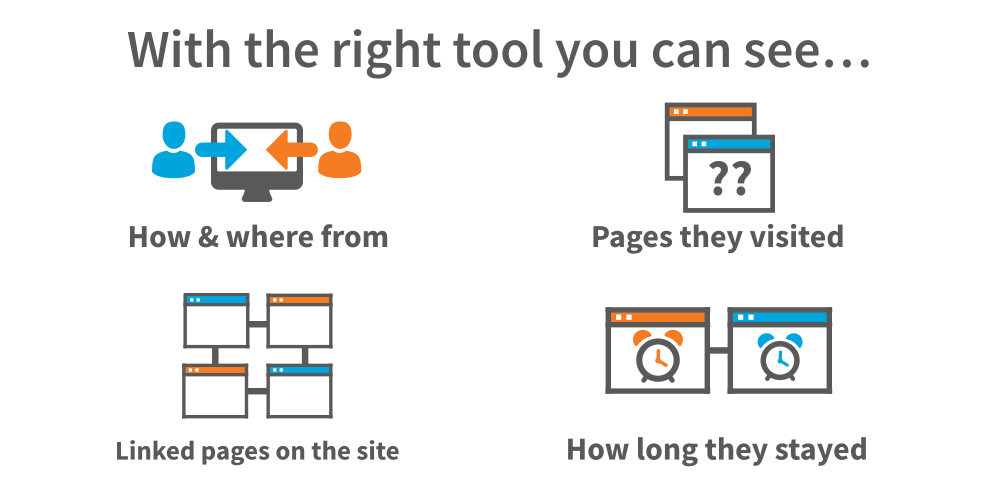Blog and News > marketing > Why heavy website traffic isn’t the secret to sales success
Why heavy website traffic isn’t the secret to sales success
If someone asked you ‘would you rather have 1,000 or 10,000 hits on your website?,’ who wouldn't choose the latter? Unfortunately, that kind of approach doesn’t fly any more. Almost anyone who’s been actively seeking to drive website or social media traffic in the last few years will have seen the myriad companies offering to divert traffic to your website, blog or social media presence. On the surface this seems like a great idea; more traffic obviously means more sales, right? Unfortunately, no. This isn’t the internet a decade ago. The irresistible rise of content marketing clearly demonstrates the market’s need for a constant stream of fresh, engaging material to direct traffic to your website.

Generating quality website traffic
This is the first step in making those meaningful conversions that turn online traffic into sales. Generating quality traffic is an art in itself, and usually rests at the intersection of a number of different marketing channels. These include:
- • blogging
- • leveraging mailing lists
- • engaging with your audience on social media
- • other more traditional approaches like PPC

Once you’ve got the quality of your incoming traffic sorted, and have a nice regular flow of visitors to your website, you can start identifying which visitors are worth focusing your attention on.
Segmentation is key here; you need to be able to break down your traffic into as many separate categories as you possibly can, preferably by source. You could be conceivably getting traffic from a large number of sources including paid adverts, referrals, guest blogging, organic searches or from an audience that you’ve built up yourself.
Once you’ve broken down all your traffic by source, break it down further by identifying major campaigns that are running in each category.
##Getting smart about conversions
Now comes the serious analytics part, which is also probably the most important step in this process. Once you’ve got all your traffic nicely segmented, you’ll want to start quantifying conversions. By noting the average conversion rate and revenue with each segment and then listing by conversion rate, you’ll be able to identify your highest converting channels. This is gold dust in the marketing world!
This might all sound pretty self-explanatory, but the process can reveal some really interesting insights into your marketing. For example, you’ll be able to see if there’s a disconnect between strategy (what you think) and reality (what’s actually happening).
If your core acquisition strategy was through organic growth and word of mouth, but you’re getting more conversions through PPC and blogging, then knowing this crucial information will help you to align your channels to greater effect.
Identifying your main sources of traffic and their conversion rates also has another upside. It means you can focus your efforts on channels that bring in high-quality conversions and see where things are lacking. That said, it also pays to analyse the traffic you get that doesn’t convert.
Of course, you’re always going to get visitors to your site that bounce straight away and never come back. You’ll never know why they hated you so much, so concentrate instead on visitors that had a browse around the site and then left.
With the right tool you’ll be able to see:
- How and where they came to your site from
- What pages they visited
- How they linked to your site’s other pages (essential for determining internal linking problems)
- How long they stayed on each page for (useful for identifying popular products)
The message here is that quality beats quantity each and every time, and that constant search for quality needs to begin right at the onset of your marketing.
Quality conversions only come from quality traffic. By assessing the quality of your traffic’s effectiveness, you’ll be able to leverage even more of those all-important future sales.
